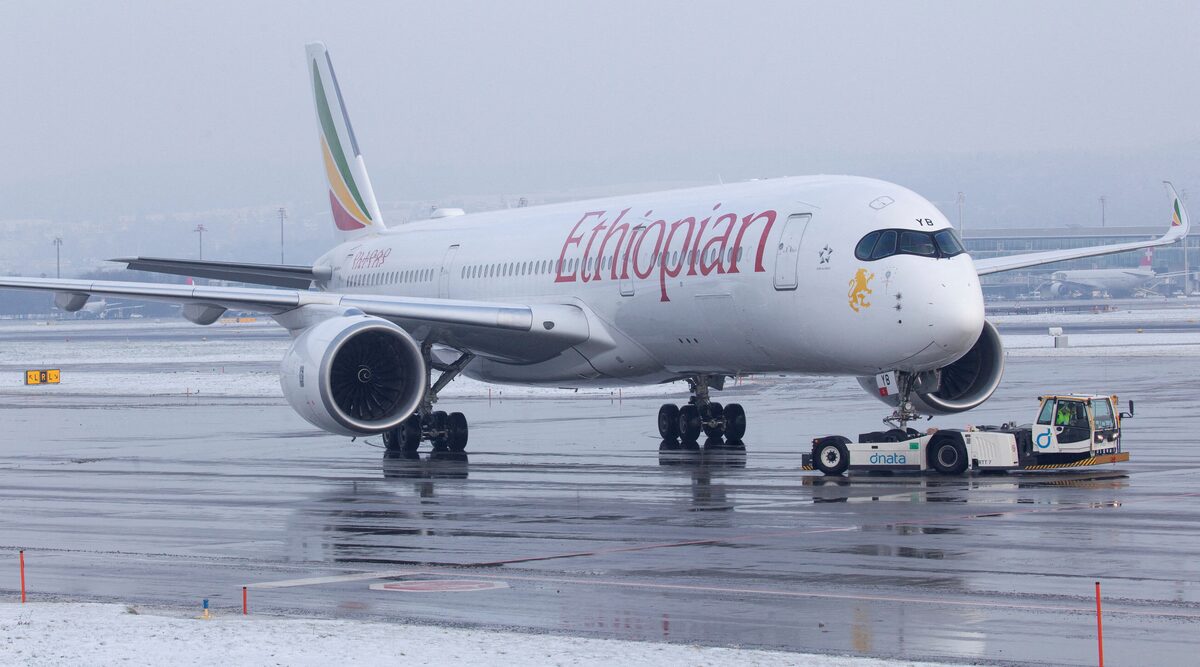Business
Ex-Boeing Staff Claims Electrical Faults ‘Concealed’

In a shocking revelation, a former Boeing employee has accused the aerospace giant of concealing information about critical electrical faults in its aircraft.
This claim has reignited concerns about Boeing’s safety and transparency, particularly in light of the 2019 Ethiopian Airlines Flight 302 crash.
The allegations suggest that more than 1,000 planes currently in operation could potentially be at risk due to these concealed issues, raising alarms across the aviation industry.
Table of Contents
Background of the Allegations
The whistleblower, who previously worked in Boeing’s quality control department, has made serious accusations that the company deliberately hid electrical faults during aircraft production.
According to the ex-employee, these faults were not reported to aviation regulators or the public despite their potential to cause catastrophic failures. The allegations have been further supported by a US campaign group, the Foundation for Aviation Safety, which has released documents showing the chaotic and confusing production processes at Boeing’s 737 Max factory.
The Ethiopian Airlines Flight 302 Tragedy
The claims are particularly disturbing given their connection to the Ethiopian Airlines Flight 302 crash in March 2019. The 737 Max aircraft crashed just minutes after takeoff from Addis Ababa, killing all 157 people on board. This was the second fatal crash involving a 737 Max within six months, following the Lion Air Flight 610 disaster in Indonesia in October 2018.
Both crashes were initially attributed to malfunctioning the aircraft’s flight control system, the Maneuvering Characteristics Augmentation System (MCAS), which activated erroneously due to a sensor failure.
Foundation for Aviation Safety’s Accusations
The Foundation for Aviation Safety has accused Boeing of concealing additional issues with the 737 Max, including electrical faults that may have contributed to the Ethiopian Airlines crash.
The group claims that the aircraft in the accident experienced an “uncommanded roll” at low altitude, a serious issue that could indicate underlying electrical problems. The foundation has published several leaked build records from Boeing employees on its website, which allegedly detail the production challenges faced during the construction of the doomed aircraft.
Understanding Electrical Faults in Aircraft
Electrical faults in aircraft can have severe consequences, affecting everything from navigation and communication systems to engine controls. The most common types of electrical faults include:
- Short Circuits: Unintended connections that can cause overheating and potential fires.
- Open Circuits: Breaks in the electrical path that result in losing power to essential systems.
- Ground Faults: Unwanted connections between electrical components and the aircraft’s structure, leading to system malfunctions.
Potential Risks to Current Aircraft
The Foundation for Aviation Safety has warned that over 1,000 Boeing planes currently in operation could be at risk of similar electrical failures due to production issues. If these faults are not addressed, they could lead to further accidents, endangering the lives of passengers and crew. The foundation’s claims suggest that the problems are not isolated incidents but are indicative of broader systemic issues within Boeing’s production processes.
Steps for Addressing the Allegations
Given the severity of the allegations, several steps must be taken to ensure the safety of Boeing’s aircraft:
- Independent Investigation: A thorough investigation should be launched to verify the claims made by the whistleblower and the Foundation for Aviation Safety.
- Regulatory Review: Aviation regulators must review Boeing’s quality control processes and meet all safety standards.
- Aircraft Inspections: Boeing should conduct comprehensive inspections of all 737 Max aircraft currently in service to identify and rectify any electrical faults.
- Increased Transparency: Boeing must implement measures to increase transparency in its operations, ensuring that future issues are promptly reported and addressed.
Comparison Table: Concealed Electrical Faults vs. Addressed Electrical Faults
| Aspect | Concealed Electrical Faults | Addressed Electrical Faults |
|---|---|---|
| Risk Level | High | Low |
| Impact on Safety | Potentially catastrophic | Mitigated |
| Regulatory Compliance | Non-compliant | Fully compliant |
| Company Reputation | Damaged | Maintained |
| Long-term Costs | Higher due to potential lawsuits and recalls | Lower due to proactive measures |
FAQs
Q1: What are the potential consequences of concealed electrical faults?
A: Concealed electrical faults can lead to system failures, loss of control, and even accidents, putting passengers’ lives at risk.
Q2: How can passengers ensure safety when flying on a Boeing 737 Max?
A: Passengers should trust that regulatory bodies are conducting thorough inspections and can research the safety records of airlines and aircraft models.
Q3: What steps is Boeing taking in response to these allegations?
A: Boeing has stated that it fully cooperated with the investigation following the Ethiopian Airlines Flight 302 accident and has deferred to investigative agencies for further information.
Q4: Could this lead to a recall of Boeing 737 Max aircraft?
A: If the allegations are true, the affected aircraft may be recalled for inspection and necessary repairs.
Q5: How common are electrical faults in aircraft, and how are they usually addressed?
A: While minor electrical faults are relatively common, they are usually detected and repaired before the aircraft can fly. Concealed faults, however, pose a significant risk and must be addressed immediately.
Conclusion
The allegations against Boeing have brought to light serious concerns about the safety and transparency of the company’s operations. If these claims are verified, they could have far-reaching implications for the aviation industry and Boeing’s reputation. As investigations continue, Boeing must address these issues comprehensively to restore public trust and ensure the safety of all passengers flying on their aircraft.
Also Read: Crafting Memories: The Diverse World of Vograce Custom Keychains
















